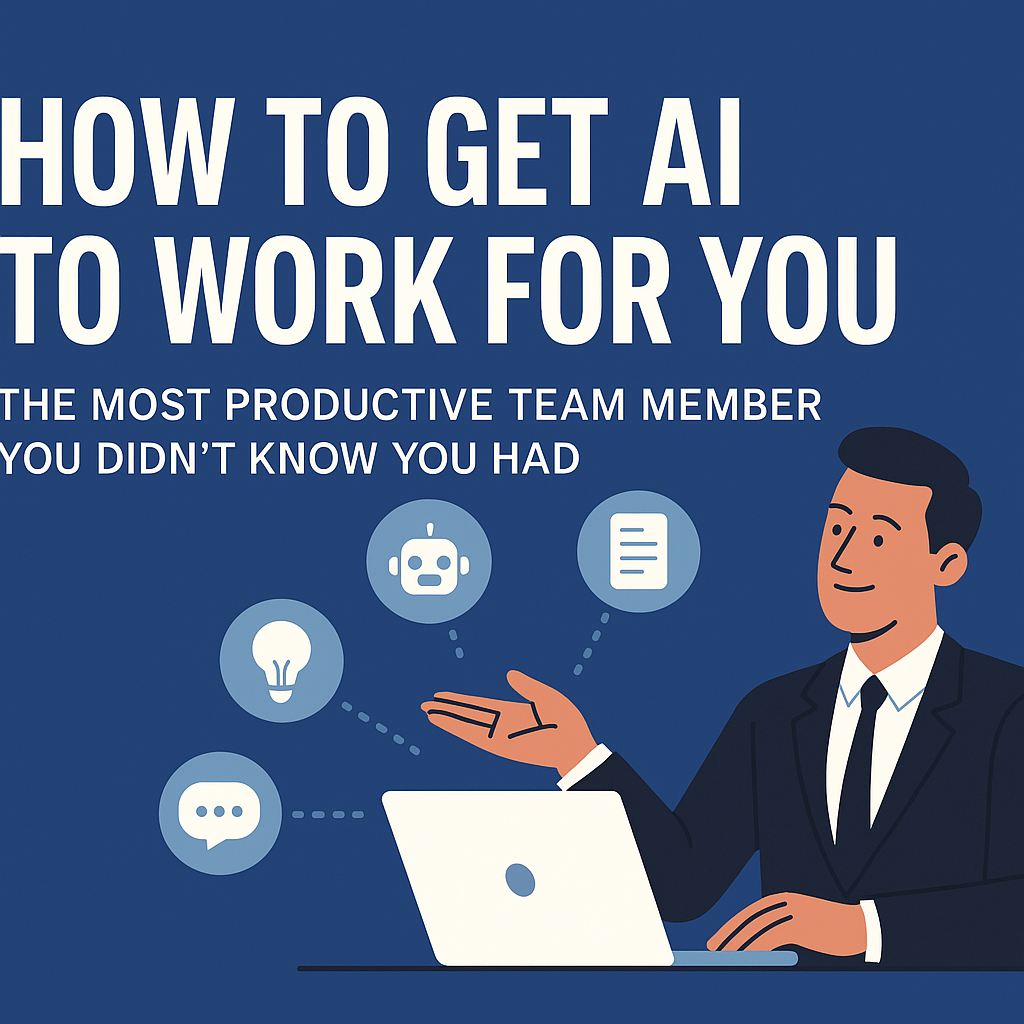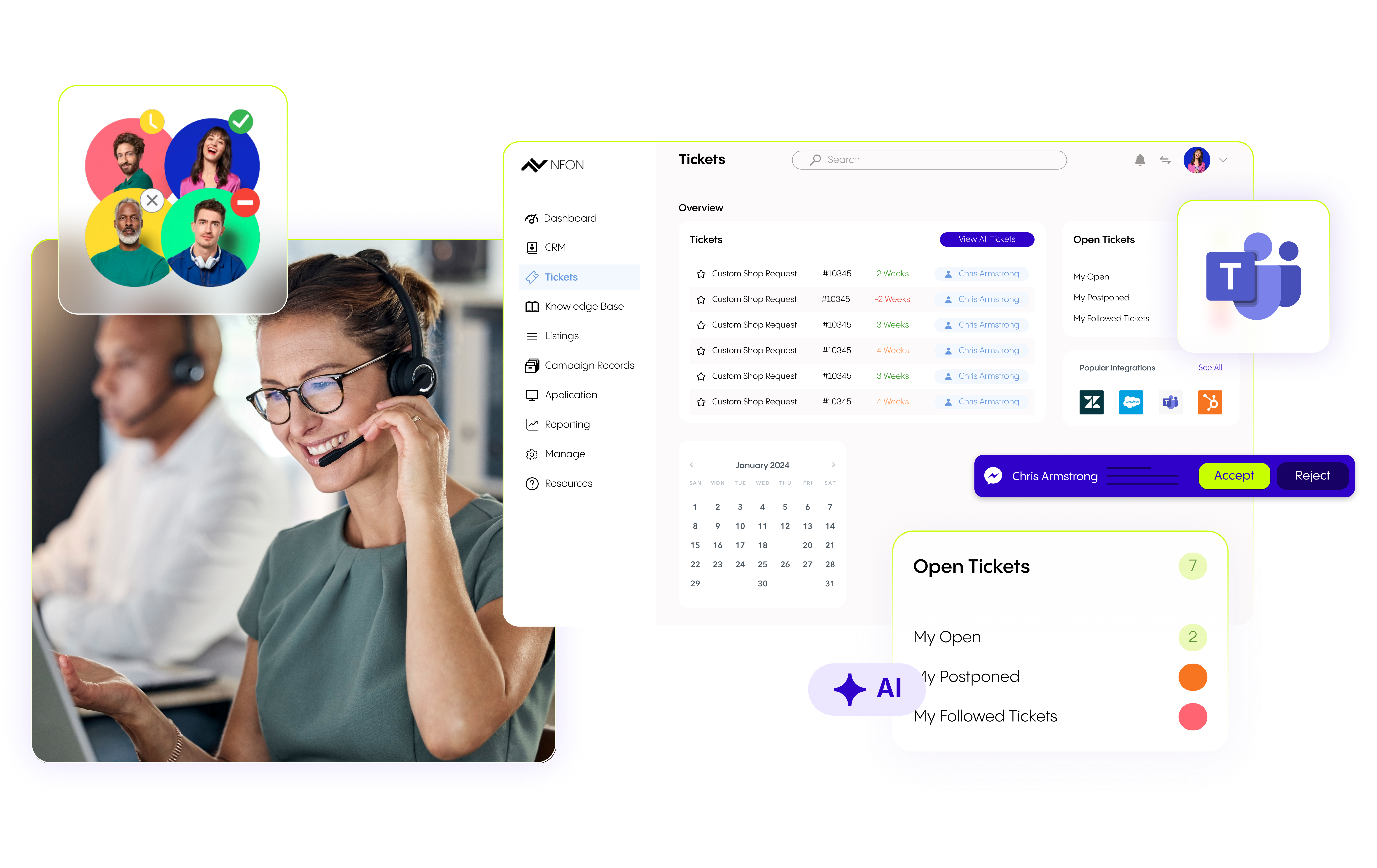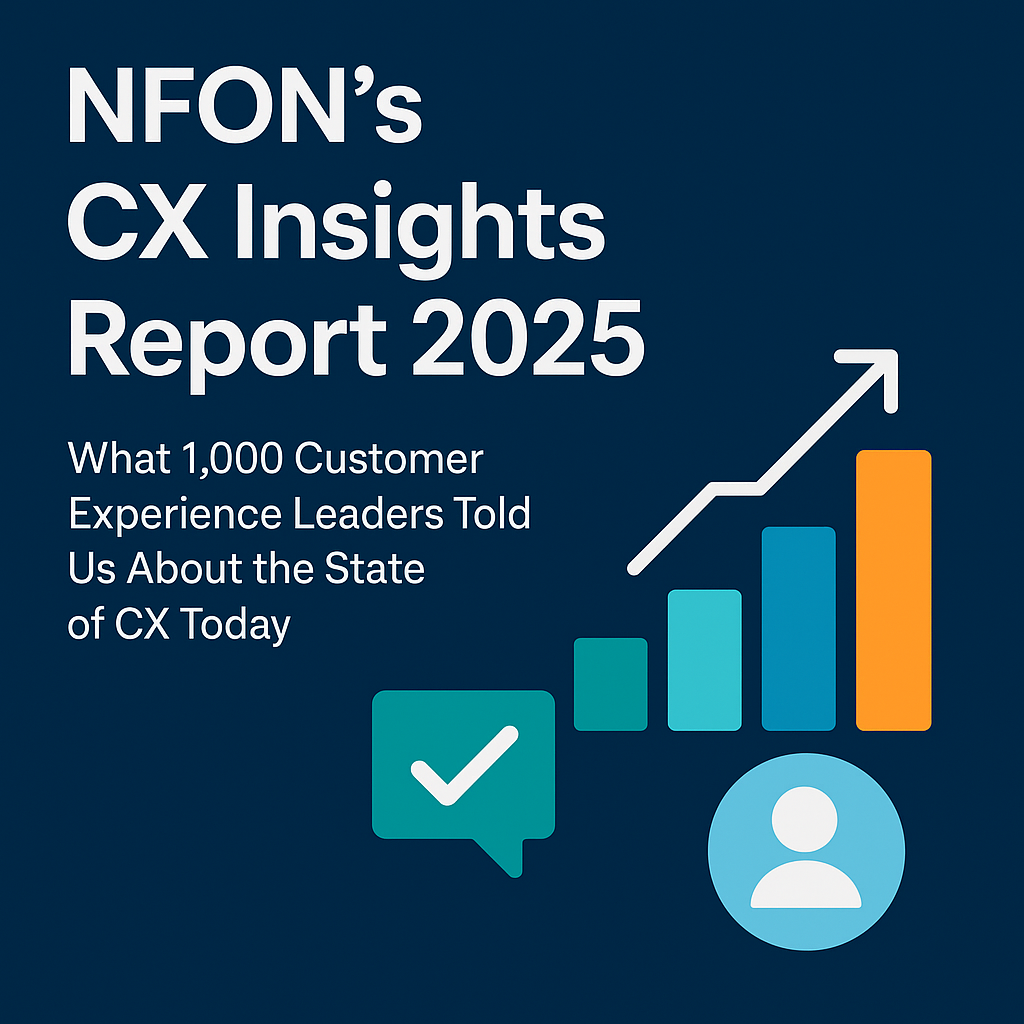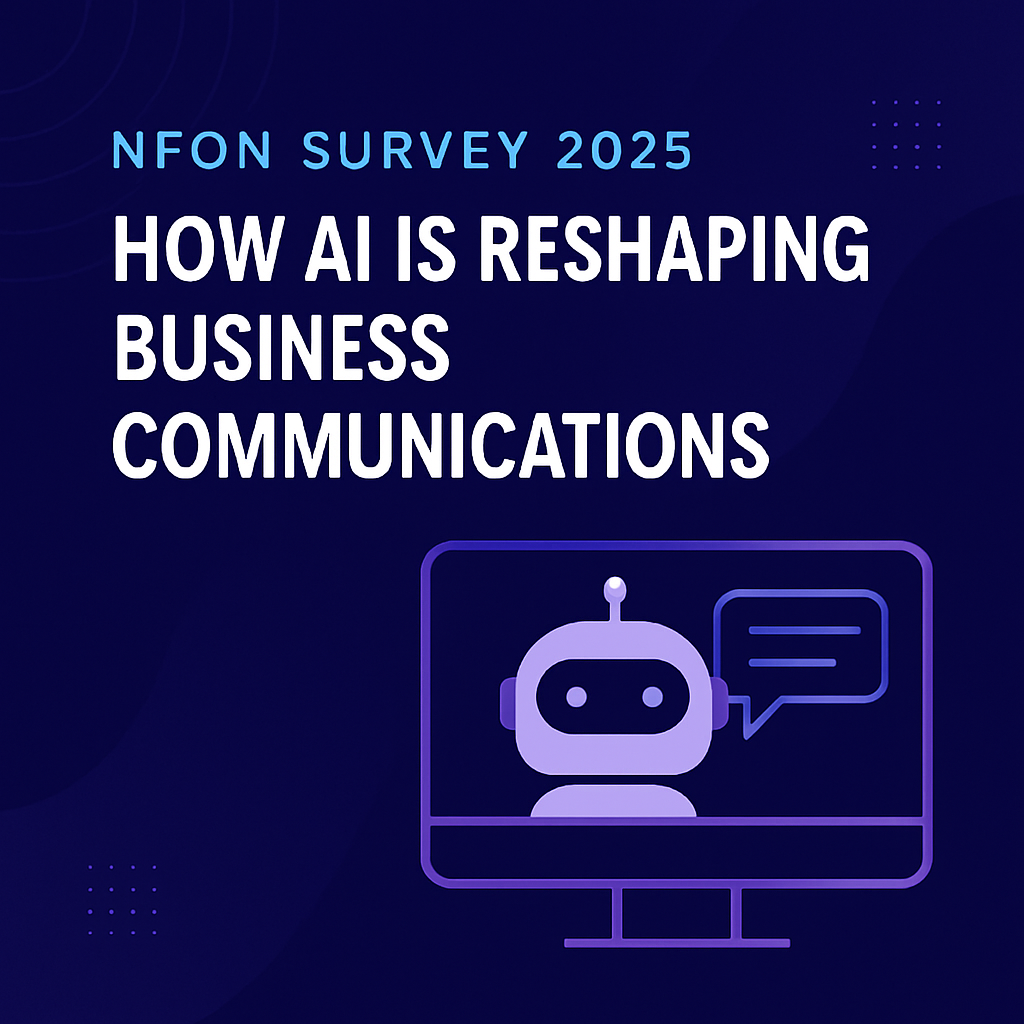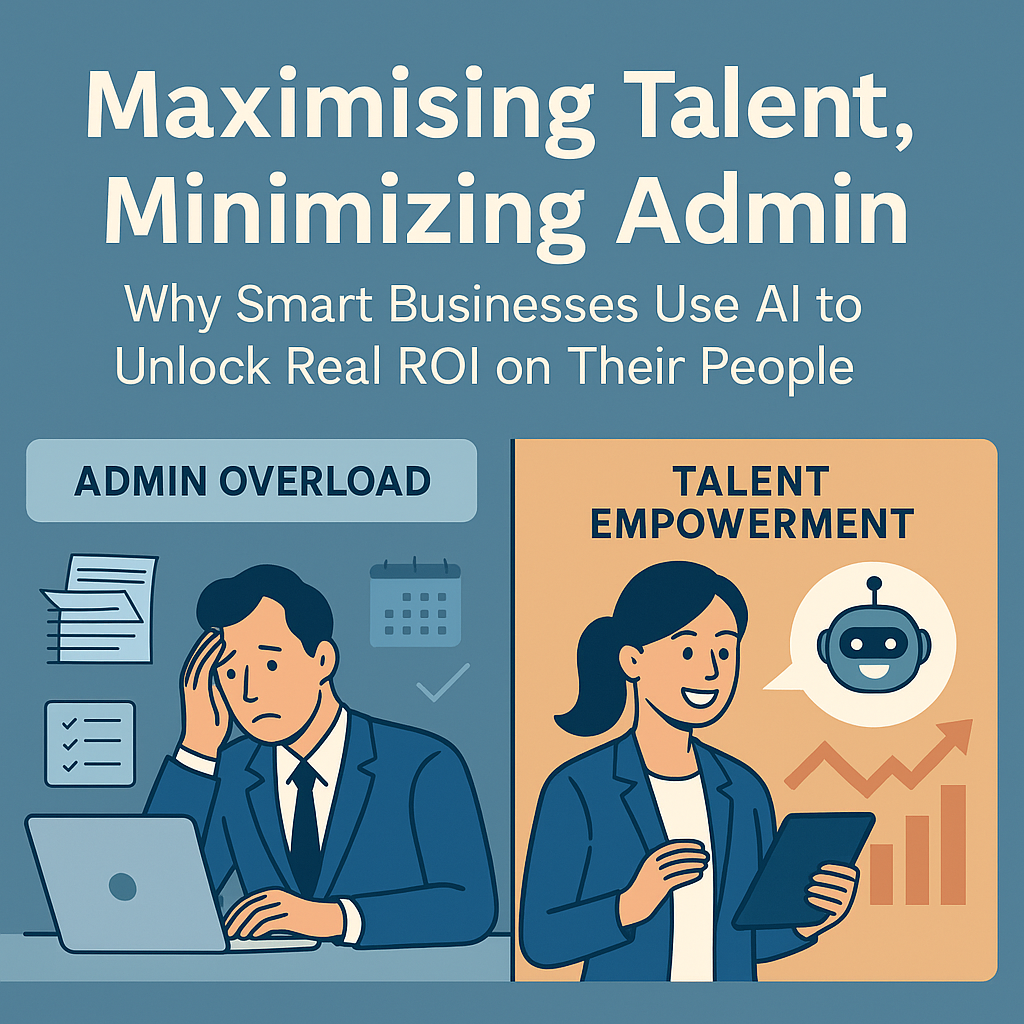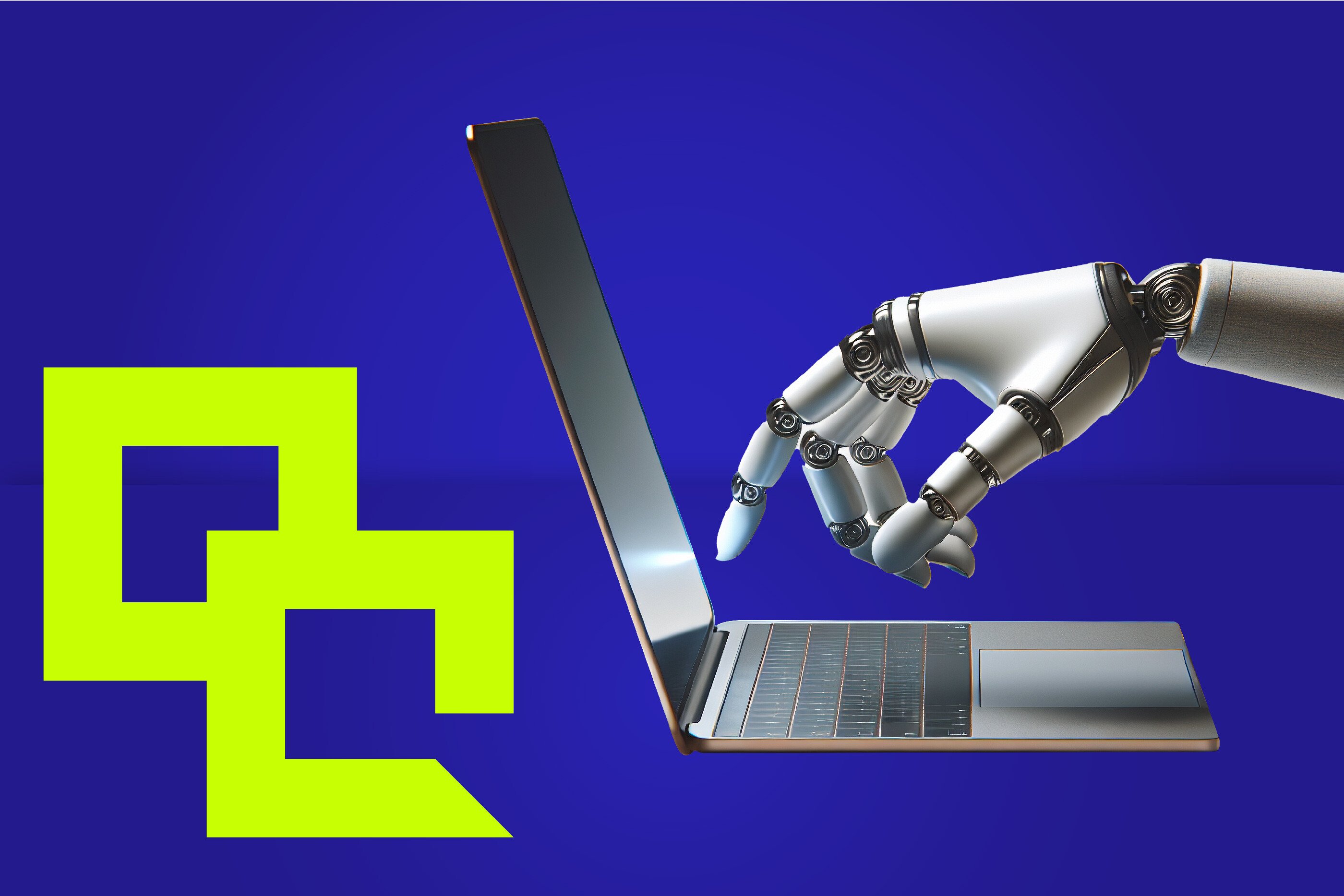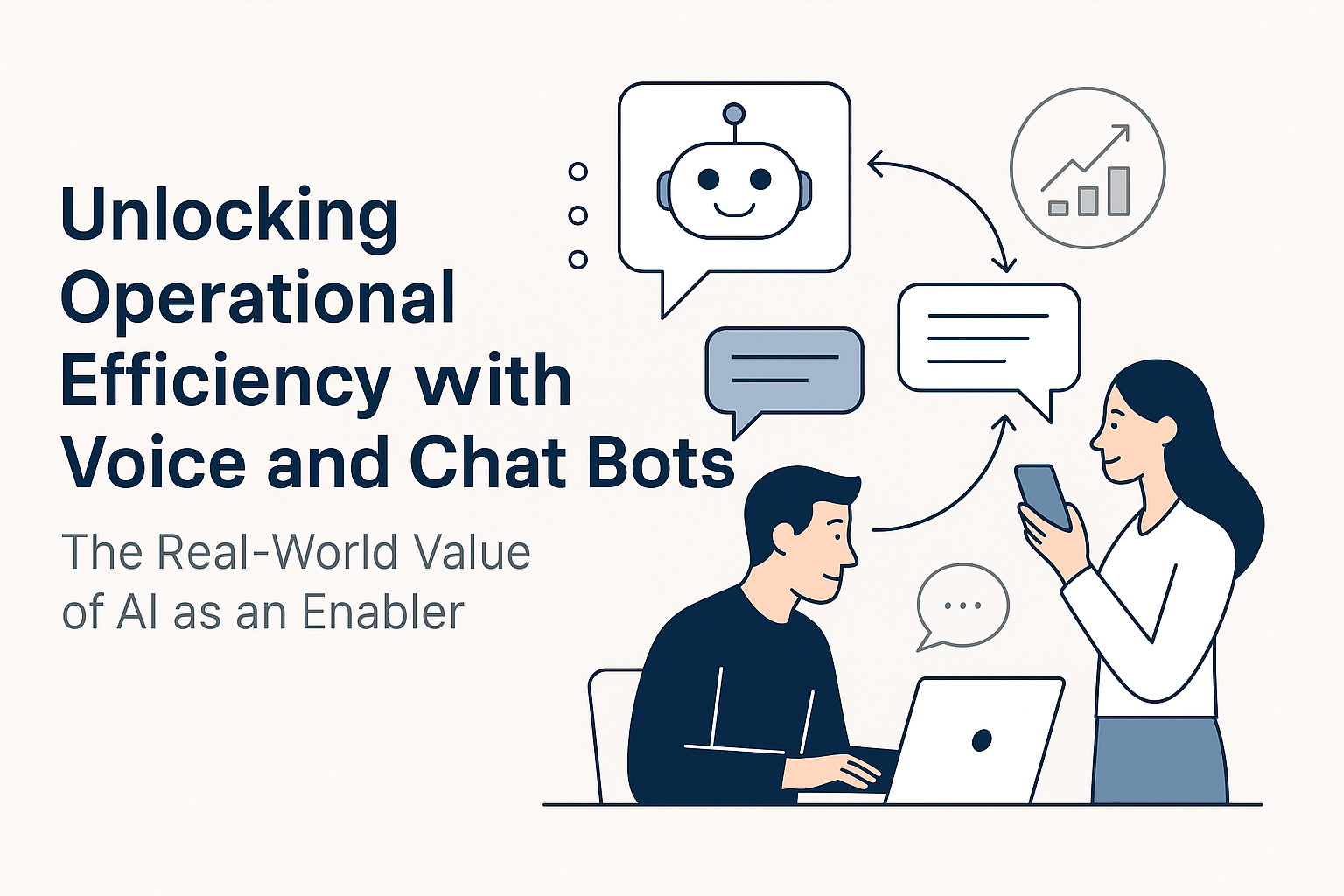In today’s workplace, it’s not about using AI—it’s about orchestrating it. It’s about learning how to delegate to AI the same way you would to a talented assistant, teammate, or intern.
Because when you stop treating AI like a gimmick and start treating it like a workforce multiplier, a strategy tool, a thinking partner—things get interesting.
The AI Advantage: Not Just Tools, but Teammates
We’re past the novelty phase. AI isn’t a party trick or a chatbot curiosity. It’s now capable of:
- Writing high-quality thought leadership content (like this),
- Summarising meetings, calls, documents and emails,
- Researching, brainstorming, and validating ideas,
- Drafting sales scripts, campaigns, presentations, and proposals,
- Generating customer service responses and triaging tickets,
- Translating across languages and even tones of voice.
That’s not just automation—it’s delegation. And it starts with this mindset shift:
“What would I ask a smart, fast-thinking colleague to help me with right now?”
Then… ask AI that exact thing.
You’re the Manager—AI Is the (Very Eager) Team
The most effective people aren’t just working hard on their own. They’ve figured out how to multiply themselves using AI.
Here’s what that looks like:
|
Task |
Old Way |
With AI |
|
Thought Leadership |
Hours of outlining, drafting, editing |
Prompt, refine, publish |
|
Internal Docs |
Meetings, notes, rewrites |
“Summarise this transcript” |
|
Customer Comms |
Copywriting, revisions |
“Draft 3 tone options for this email” |
|
Sales Enablement |
Manual prep, slide creation |
“Build a deck from this brief” |
It’s not about asking if AI can help. It’s about asking how much time and mental load it can take off your plate—today.
How to Make AI Work for You (Not the Other Way Around)
Want to get better at using AI to scale yourself? Here’s the trick:
- Be Clear in Your Prompts
Think like a creative director: the clearer your brief, the better the result. Instead of “Write something about AI,” try:
“Write a 600-word LinkedIn post in a human, confident tone about how businesses can use AI to unlock ROI on their people.”
(Yes—this was my brief to write this post.)
- Ask for Multiple Options
Don’t settle for one idea—ask for five. Or ten. AI loves volume.
“Give me three different angles on how AI can improve customer retention.”
- Give Feedback Like a Boss
If you don’t like the result, don’t bin it—revise it. Tell AI:
“That’s too formal. Make it more conversational, like a friendly expert.”
Now you’re collaborating.
- Use It as a Springboard, Not a Final Draft
AI gets you to 80% in record time. That last 20%? That’s where you add the nuance, tone, and insights that make it yours.
You + AI = Superhuman Productivity
You don’t have to be an engineer. You don’t have to be an “AI person.” You just have to get good at delegating to your digital brain.
That’s what this is. AI is your extra set of hands, eyes, and ideas—ready to help you get more done, more creatively, more confidently.
So yes—this article was created using AI. Not because I couldn’t write it myself, but because I didn’t need to.
And neither do you.
Final Thought: You’re Not Competing With AI. You’re Competing With People Who Know How to Use It.
The future of work isn't AI vs. humans. It's humans + AI vs. humans without it.
So start small:
- Next time you need to draft something, ask AI to do the first version.
- Next time you need ideas, brainstorm with your AI teammate.
- Next time you hit a block, let AI unstick you.
And when someone asks how you get so much done? You can just smile and say, “I’ve got a little help.”
